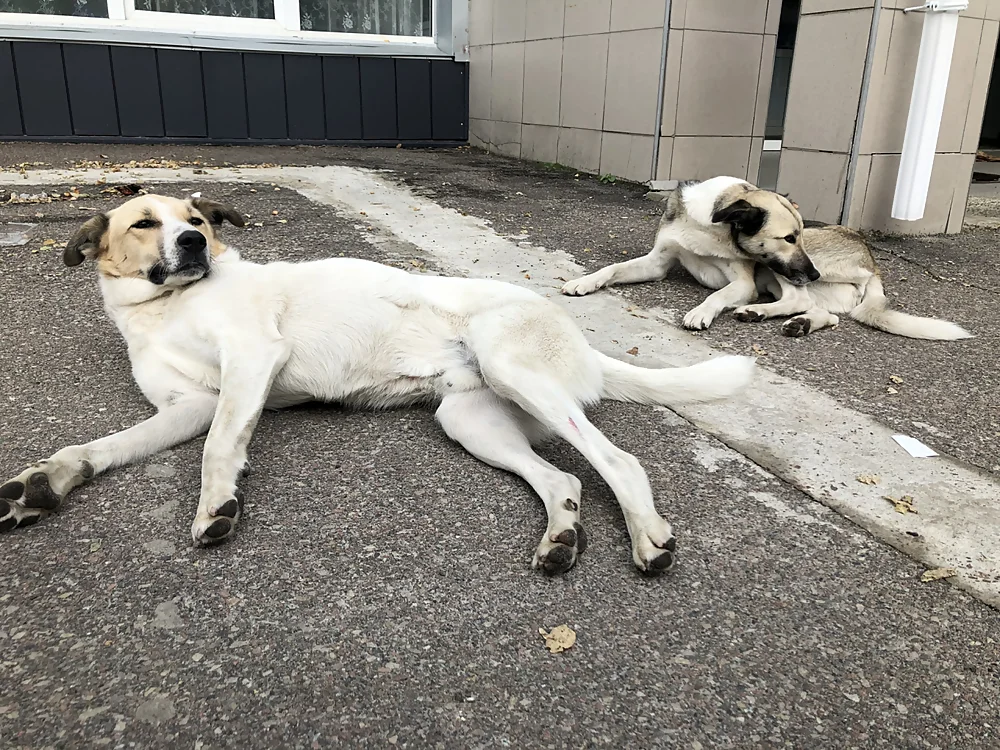A team of experts from different countries, including scientists from the University of South Carolina at Columbia (USA), discovered unique DNA changes in Chernobyl dogs living near the nuclear power plant’s exclusion zone that differed significantly from all dog breeds. The results of the research were published in the journal Science Advances.
The authors collected blood samples over five years from 302 dogs living at the Chernobyl power plant and 15-45 kilometers from the epicenter of the explosion. DNA strands were isolated from the obtained samples and then compared with similar indicators in wild representatives as well as different dog breeds.
This made it possible to distinguish two different populations of Chernobyl animals – the first lives in the immediate vicinity of the reactor and in the city of Pripyat, and the second is a little further away in the city of Chernobyl. The genomes of the two dog groups were different from normal dogs, including purebreds, hybrids and semi-wild dogs. On the other hand, the genetic data of the two populations were similar despite frequent interbreeding. Experts believe this is due to regular exposure to radiation.
At the same time, over the past decade, the gene pool of local dogs has been regularly replenished with new material, indicating that new dogs are constantly entering the exclusion zone. The researchers emphasize that the obtained results should be considered in future observations of the effect of radiation load on the genome structure of wild animals.
Source: Port Altele
